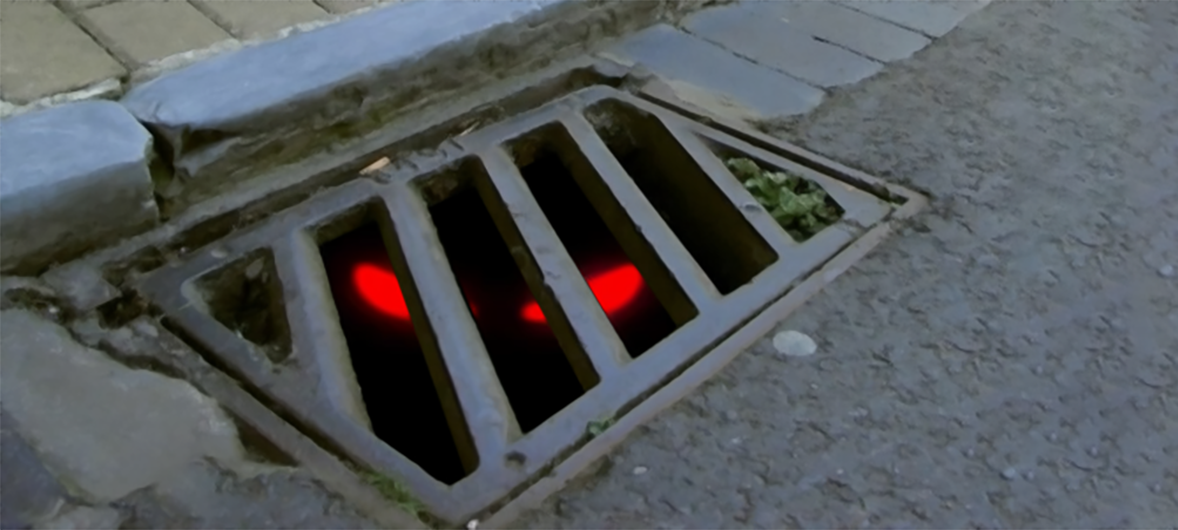
Subterranean monsters are haunting our sewers. Congealed masses of fat, wet wipes, oil and condoms are forming immense fatbergs, as strong as concrete.
Fatbergs became an infectious social media phenomenon in September 2017, when a 250-metre long mass, weighing as much as a blue whale, was discovered in Whitechapel. But this was far from an isolated incident. In the same month, a fatberg of congealed fat and waste under Baltimore caused a sewer spillage of 1.2 million US gallons into the natural environment.
Fats, oils and grease (FOGs) introduced into the sewers’ alkaline environment combine with all the non-biodegradable material down there to become calcified and solid—forming fatbergs. It can cost the authorities millions to clear.
An investigation by Channel 4 and Thames Water found that fatbergs pose a serious threat to human health. Examination of a 750-metre fatberg from a London sewer revealed that it was a breeding ground for superbugs immune to antibiotics, including listeria. The investigation concluded that families could be exposed to the bugs if continued blockages force sewage back up through domestic or commercial pipes.
The situation is frustrating to authorities because it’s so avoidable. It should be obvious, but FOGs and non-biodegradable material must be stopped from getting into the sewers in the first instance.
93% of blockages in the UK are caused by non-biodegradable wet wipes, according to Water UK. The government has pledged to eradicate all avoidable single-use plastics by 2042. But the issue with wet wipes is just exacerbated by - and wouldn’t be as easily able to congeal into giant obstacles without - FOGs.
FOGs are found in wastewater from all domestic kitchens. It’s the contamination of the wastewater with food debris from the washing up of kitchen utensils. At home, there are a few things people can do to reduce their footprint. For example, not pouring cooking oils down the sink, scraping plates off into the bin and installing a strainer.
But the wastewater from commercial kitchens is the most significant contributor to blockages because it tends to contain a higher concentration of FOGs than domestic kitchens and is produced in much larger quantities.
Due to the potential health risks, there are regulations all commercial kitchen operators must be in compliance with regarding the management and disposal of FOGs. Under Section 111 of the Water Industry Act 1991, it’s a criminal offence to discharge into the public sewers matter that might interfere with the free flow of wastewater.
The water companies can also take legal action against businesses to recover the costs of clearing the sewers. Likewise, under Section 34 of the Environmental Protection Act 1990 and the Environmental Protection Act Regulations 1991, all commercial premises are required to ensure all waste is removed to a licensed disposal site.
The Building Regulations 2000 Part H – Drainage and Waste Disposal established the guidelines for the management of FOGs for commercial kitchens. Premises must be fitted with a means of grease removal. The most effective means of grease removal are grease traps. Grease traps are one of the most underrated components in a commercial kitchen, they’re designed to intercept FOGs and food matter before entering the drains. Traps guarantee that commercial premises are adhering to legislation and are protected from expensive drainage issues and blockages.
It’s remarkable, but grease traps have been used since the Victorian era to reduce FOGs. Back then, traps were used to reduce foul odours and pest infestations—not fatbergs. But our models still operate on the same principles.
As old as the earliest grease trap models are, so are the London sewers, unfortunately. The government has called on London to refurbish the Victorian-era network of pipes and tunnels. It’s thought that the ageing pipes could be contributing to the formation of fatbergs. To help, Thames Waters has started work on a massive £4.5 billion pipeline that will follow the river through London.
However, stopping the rise of fatbergs will take more than that. Fatbergs are monuments to the age of waste and we need a mass public education programme to change peoples’ attitudes. But there are promising signs—Thames Water has seen 26% fewer blockages through aiming their education programmes at fatberg hotspot areas around London.

Leave a Comment
Your email address will not be published. Required fields are marked *